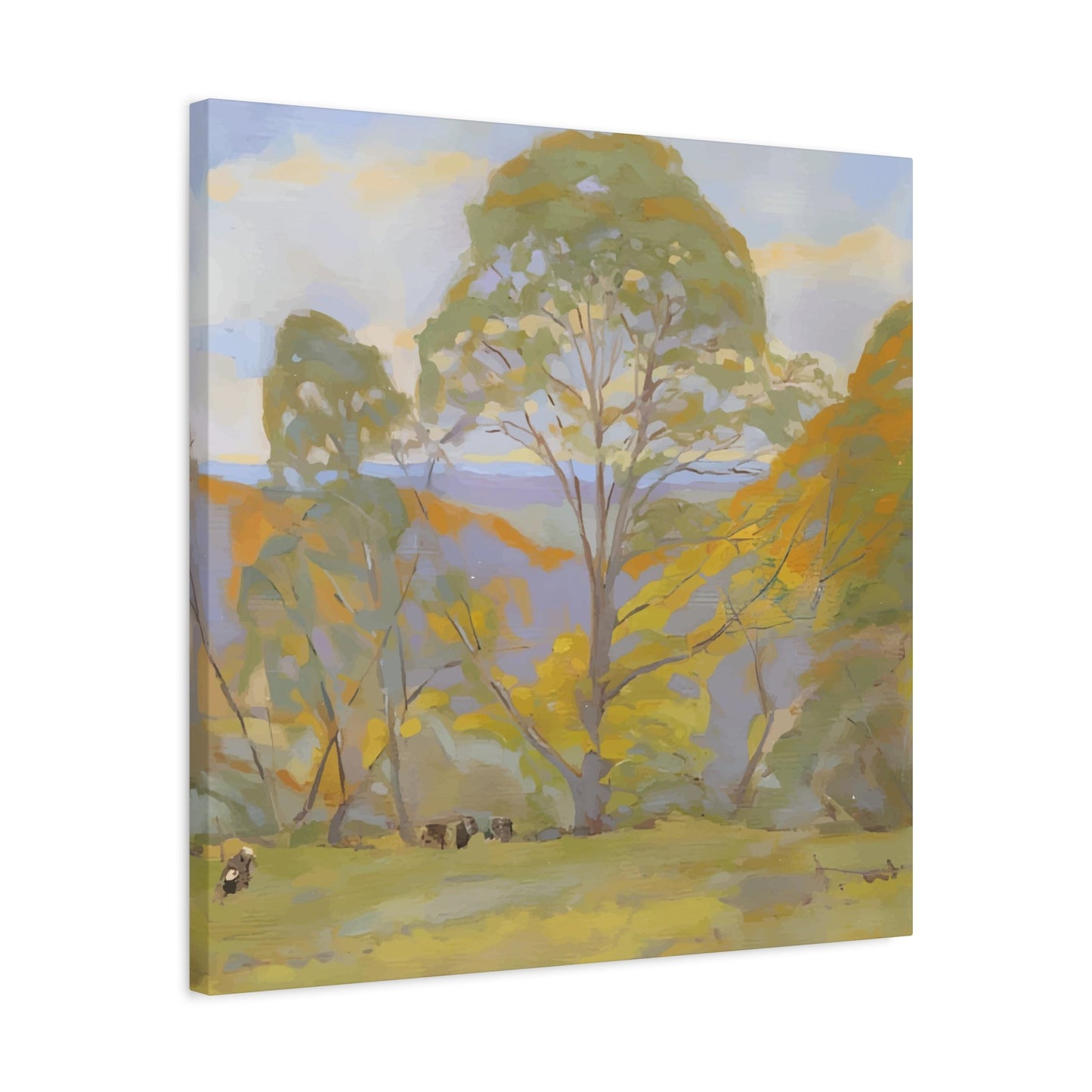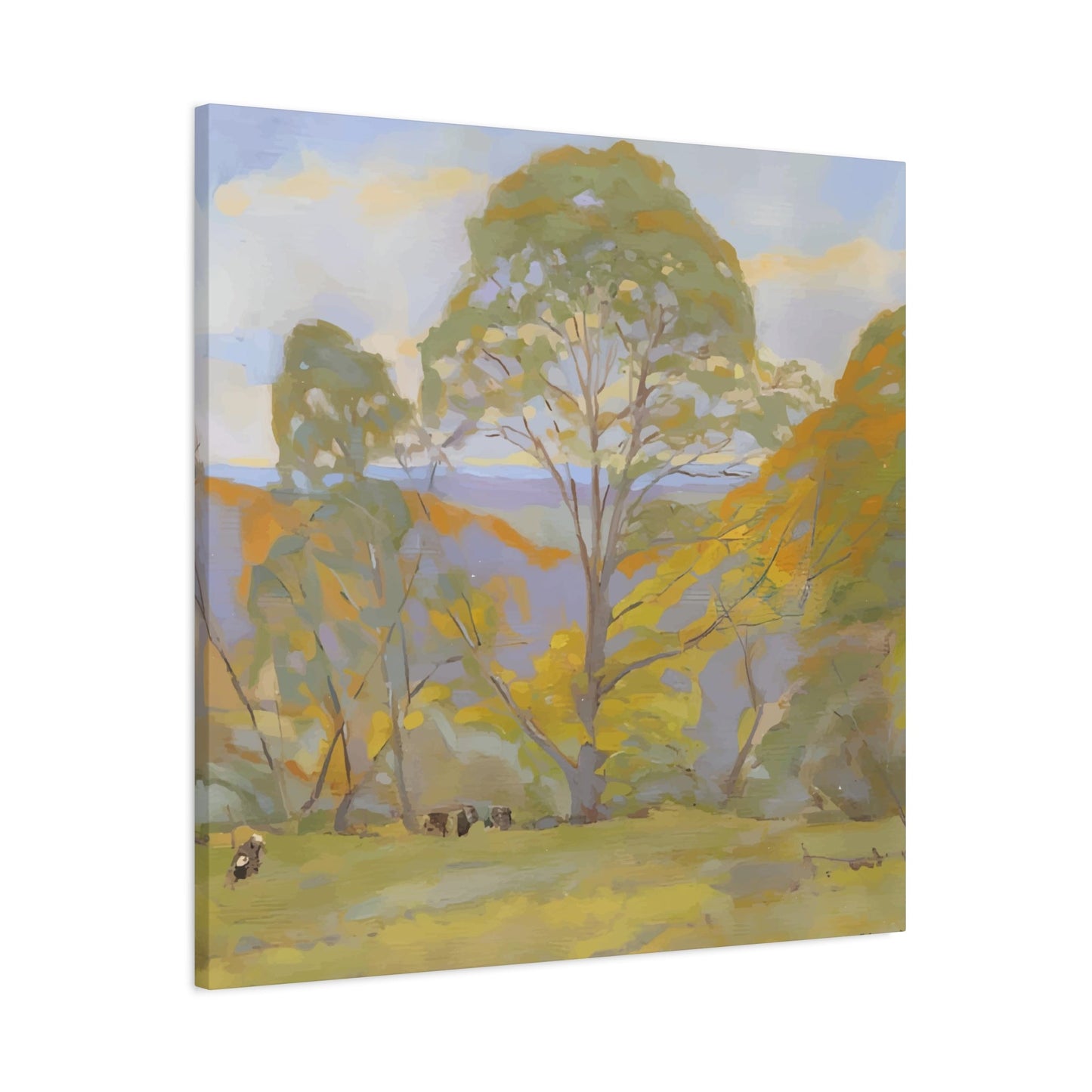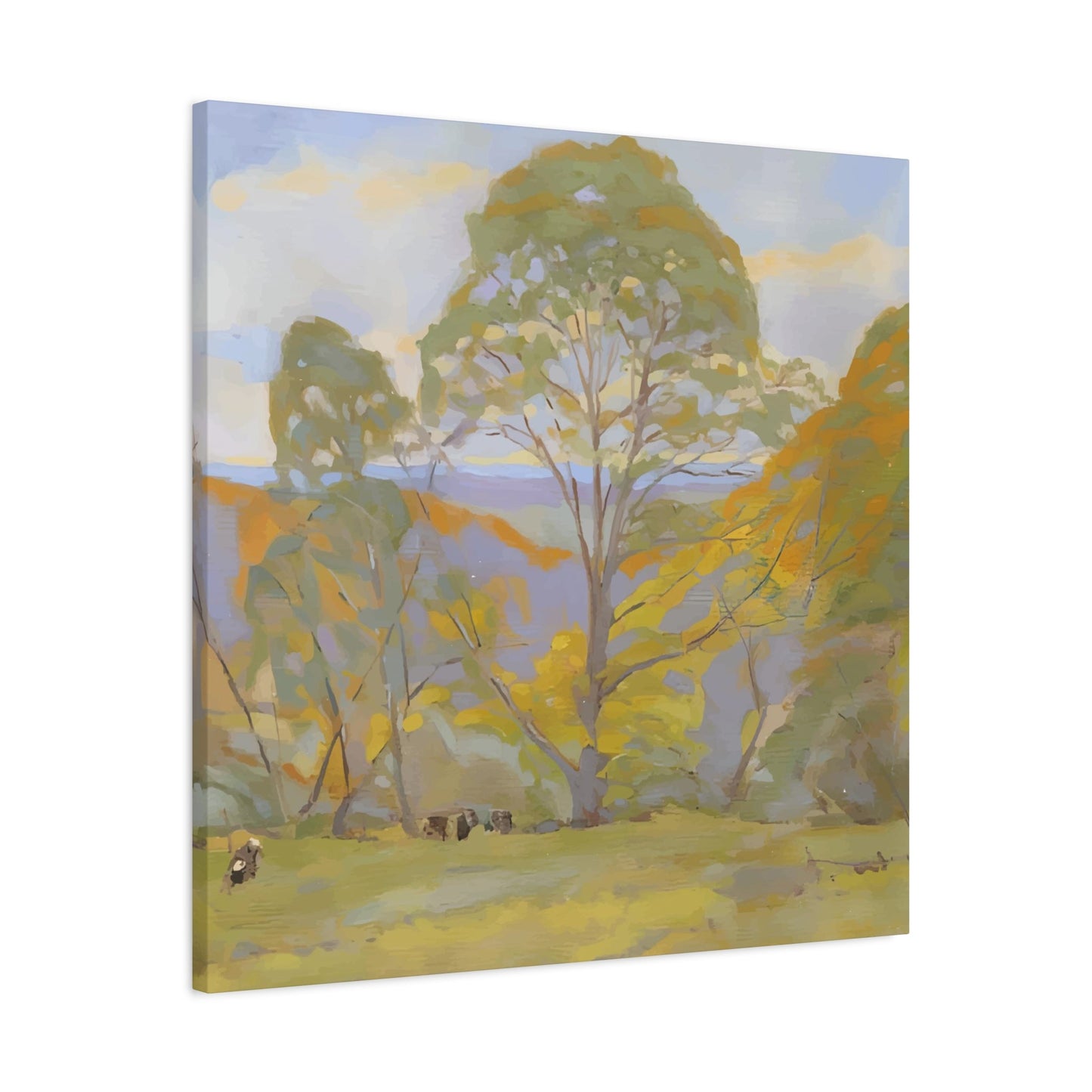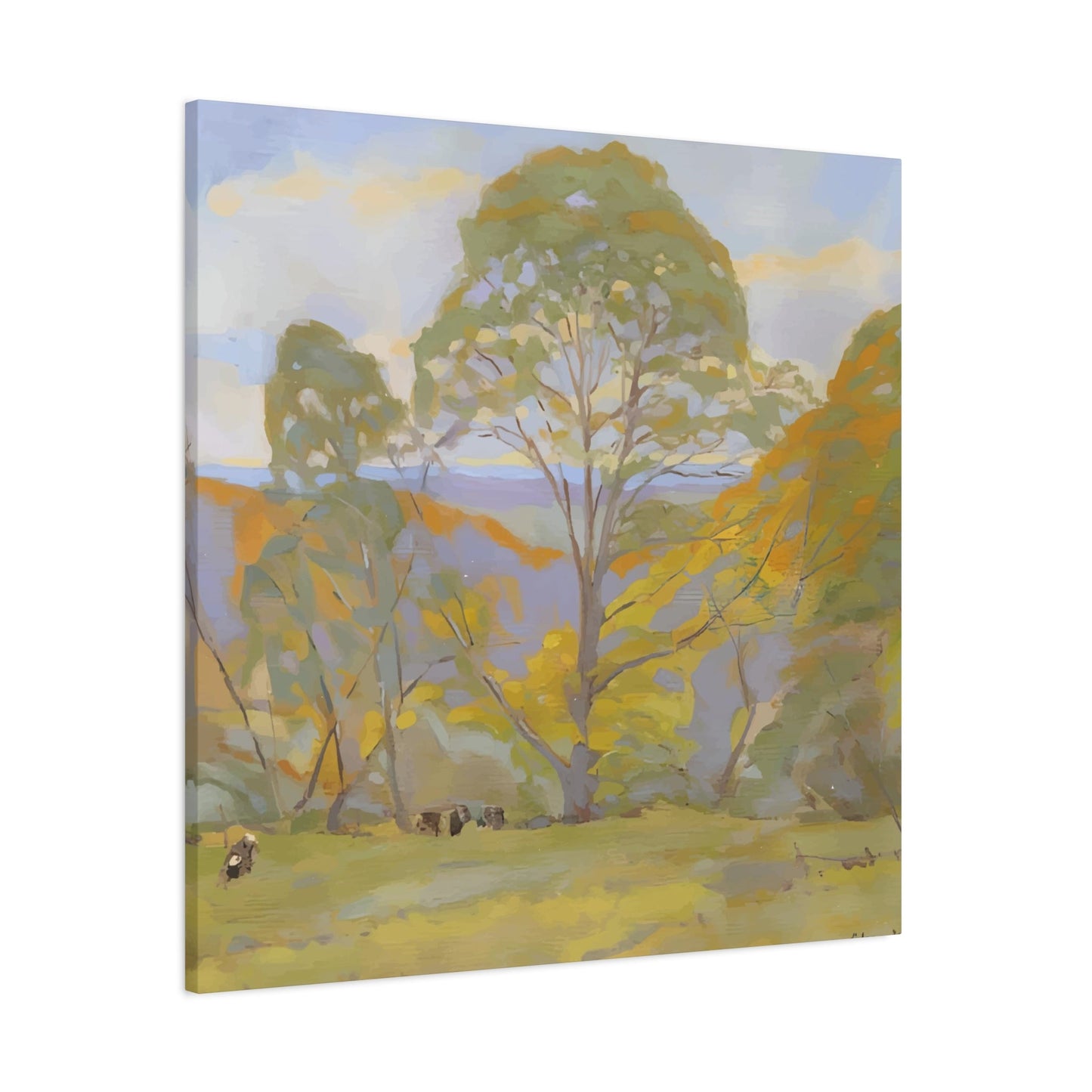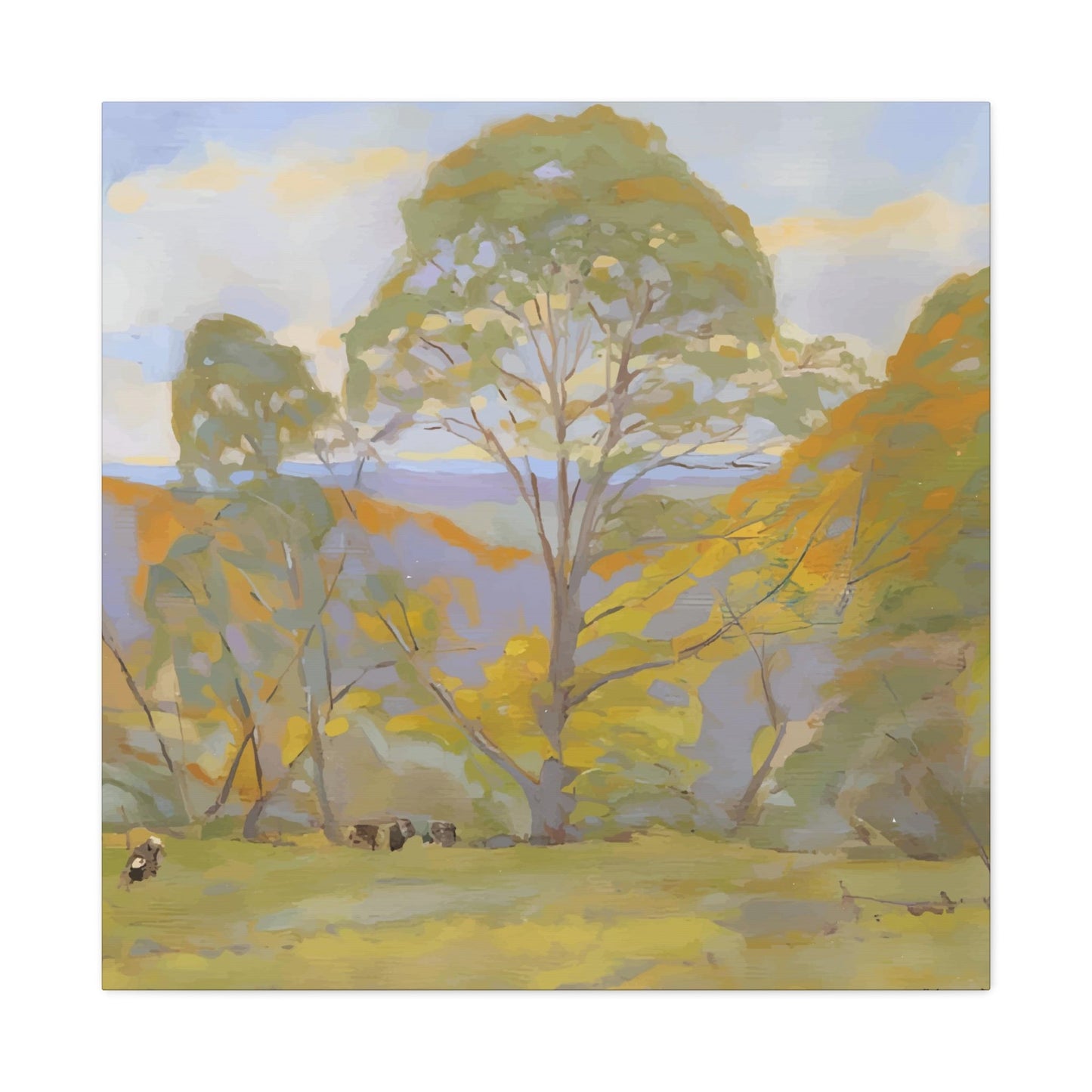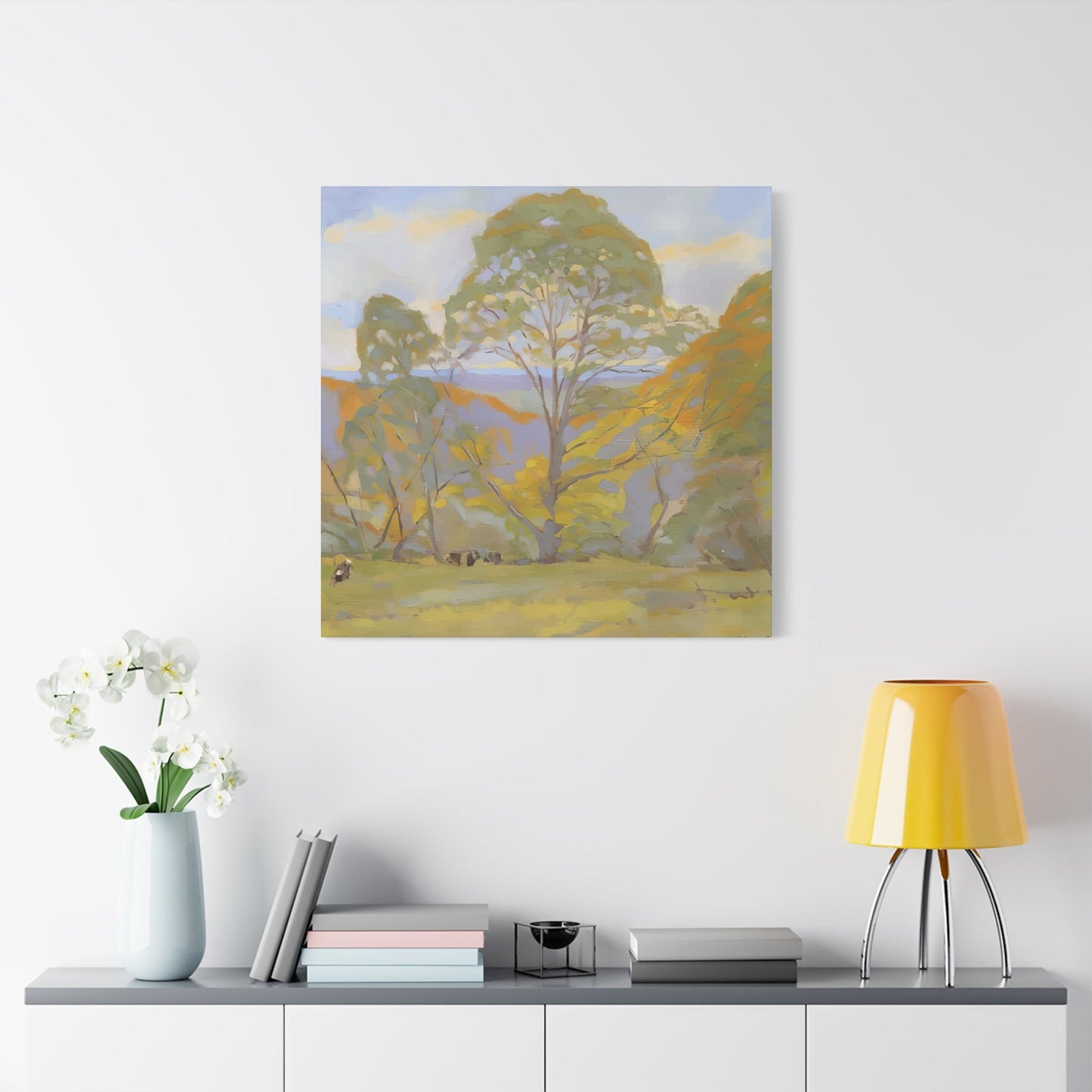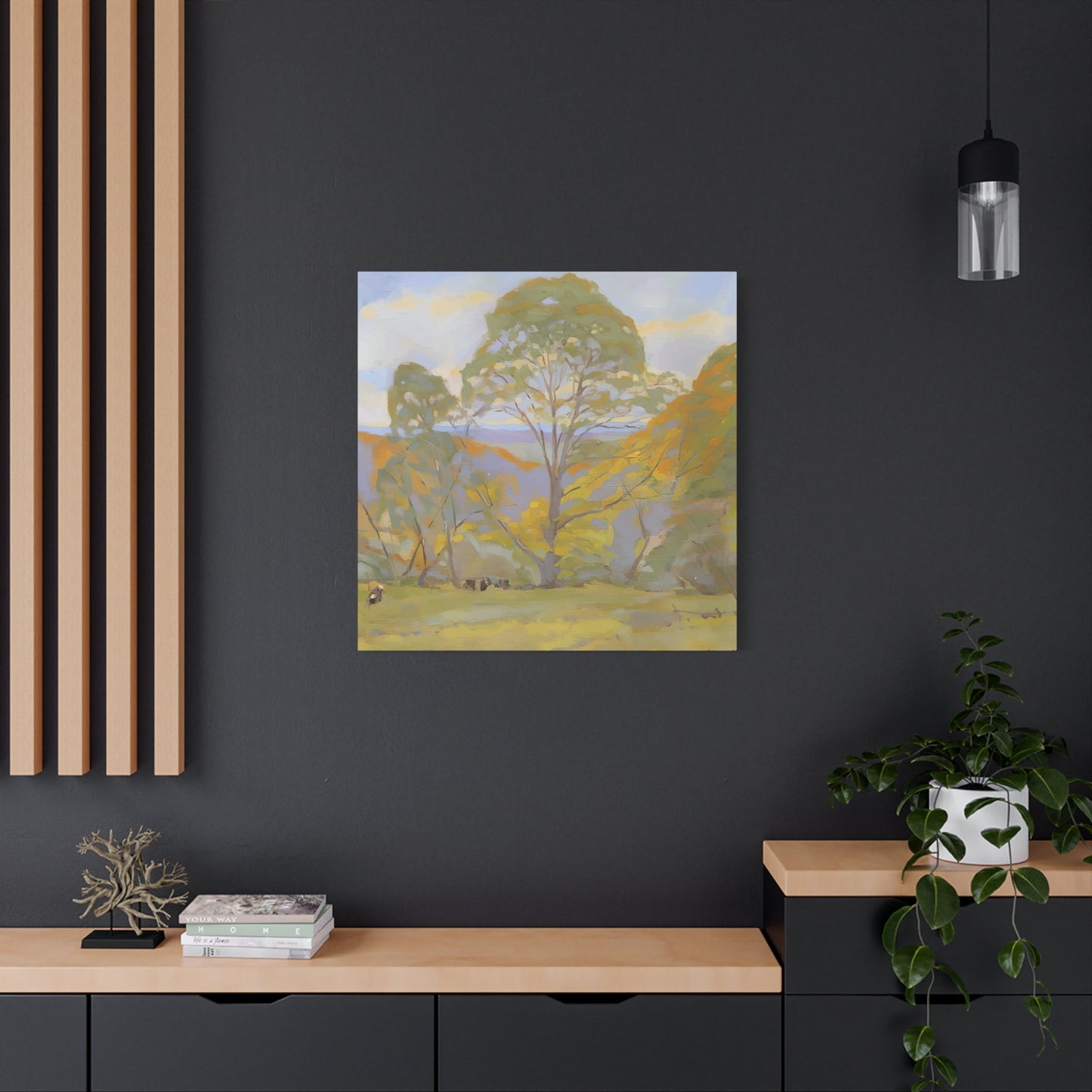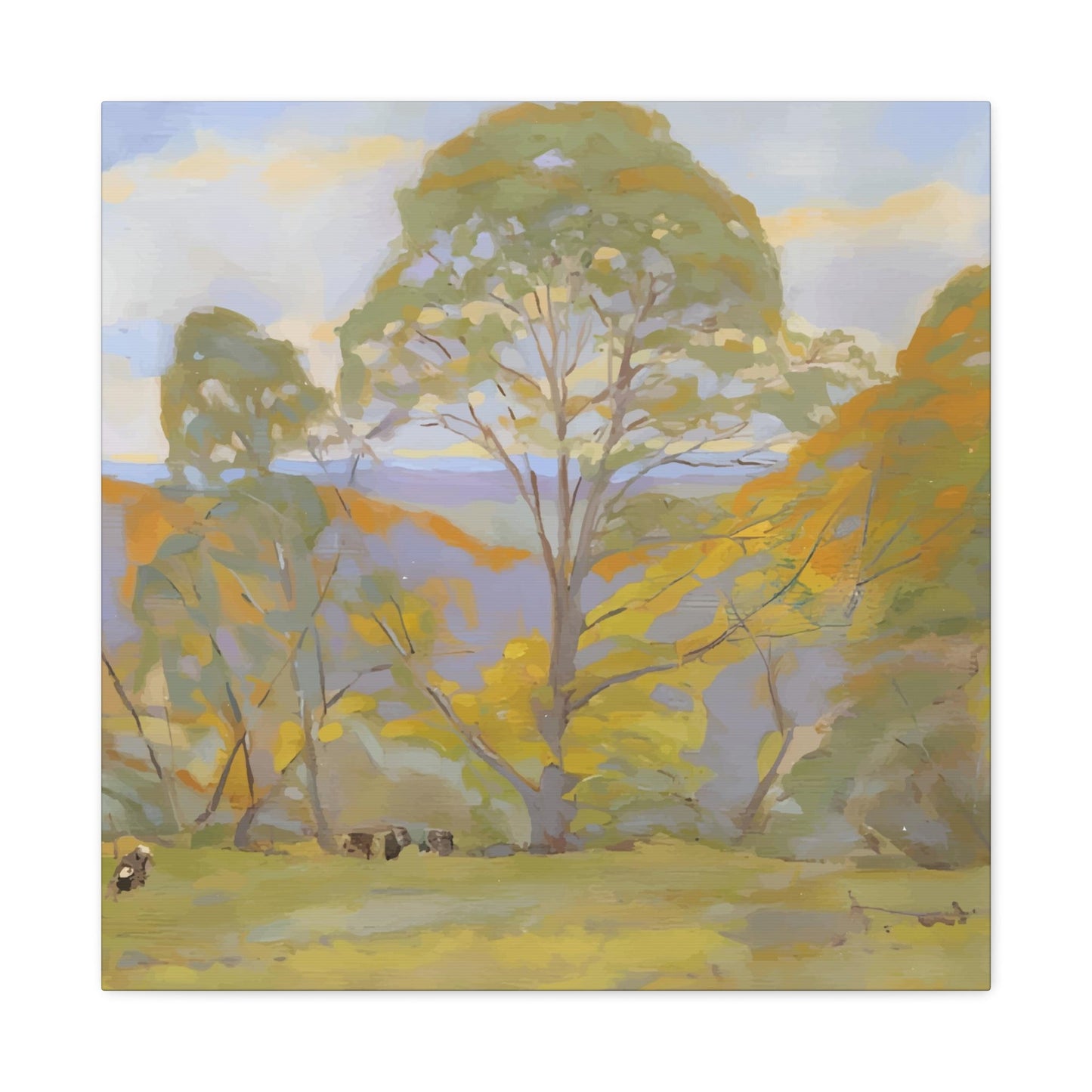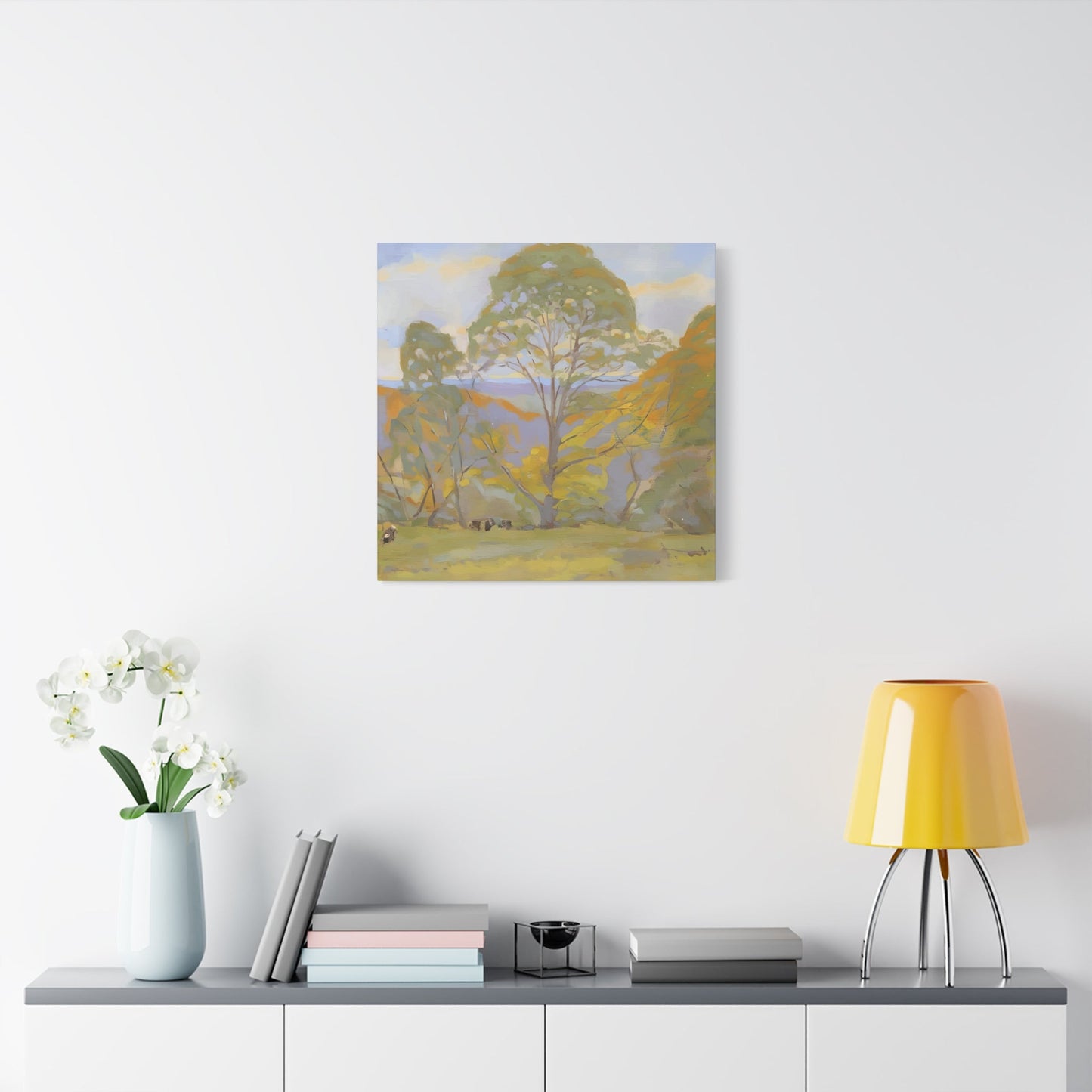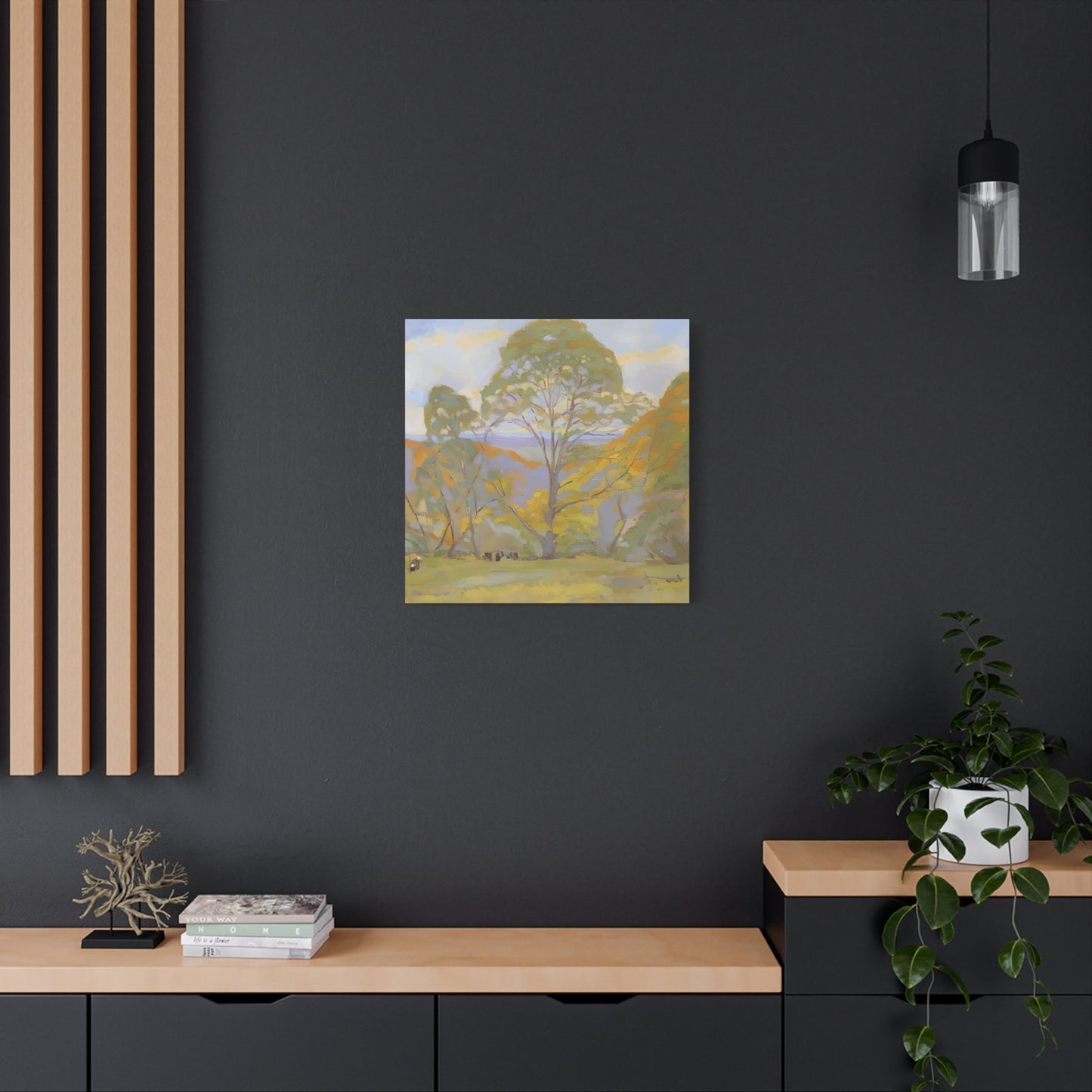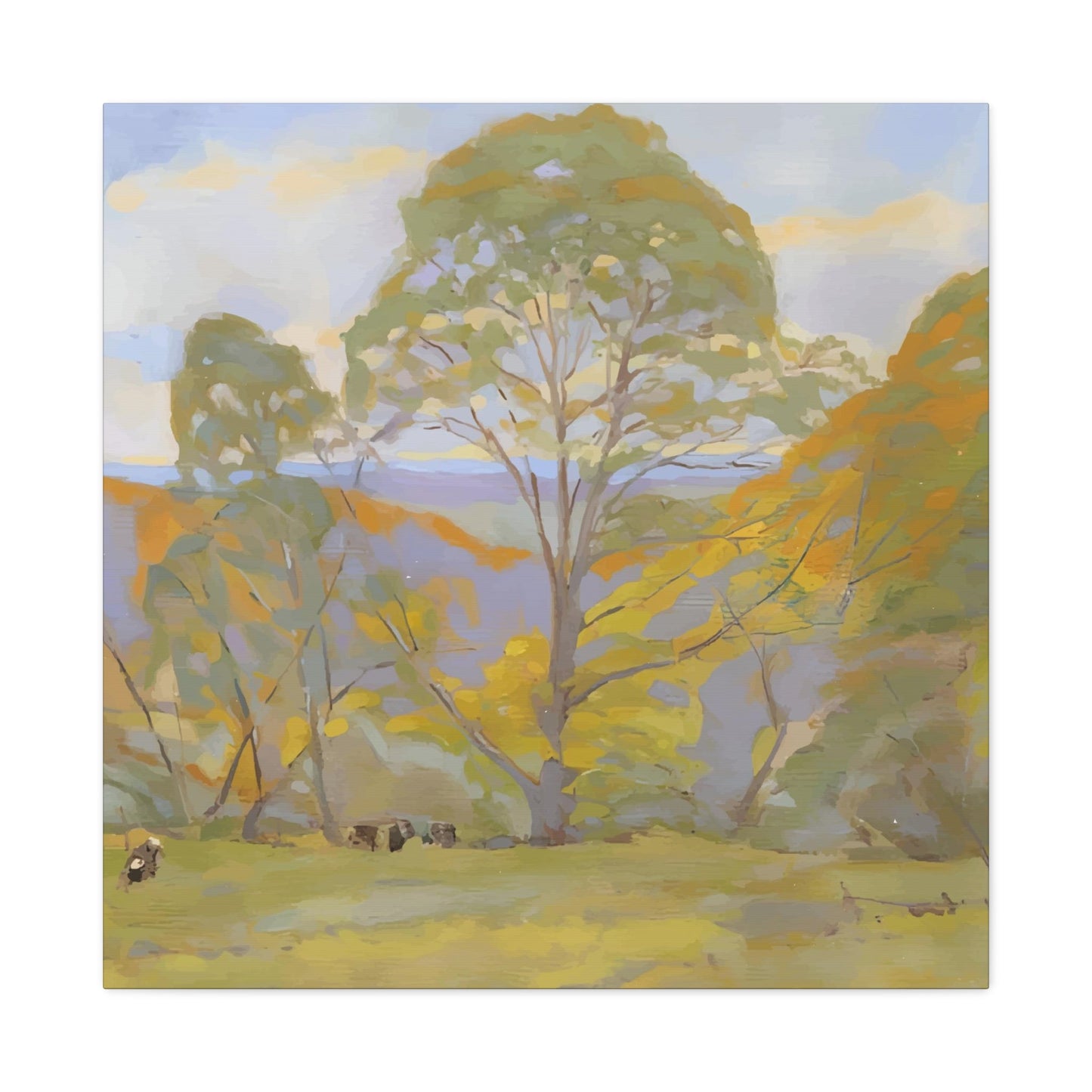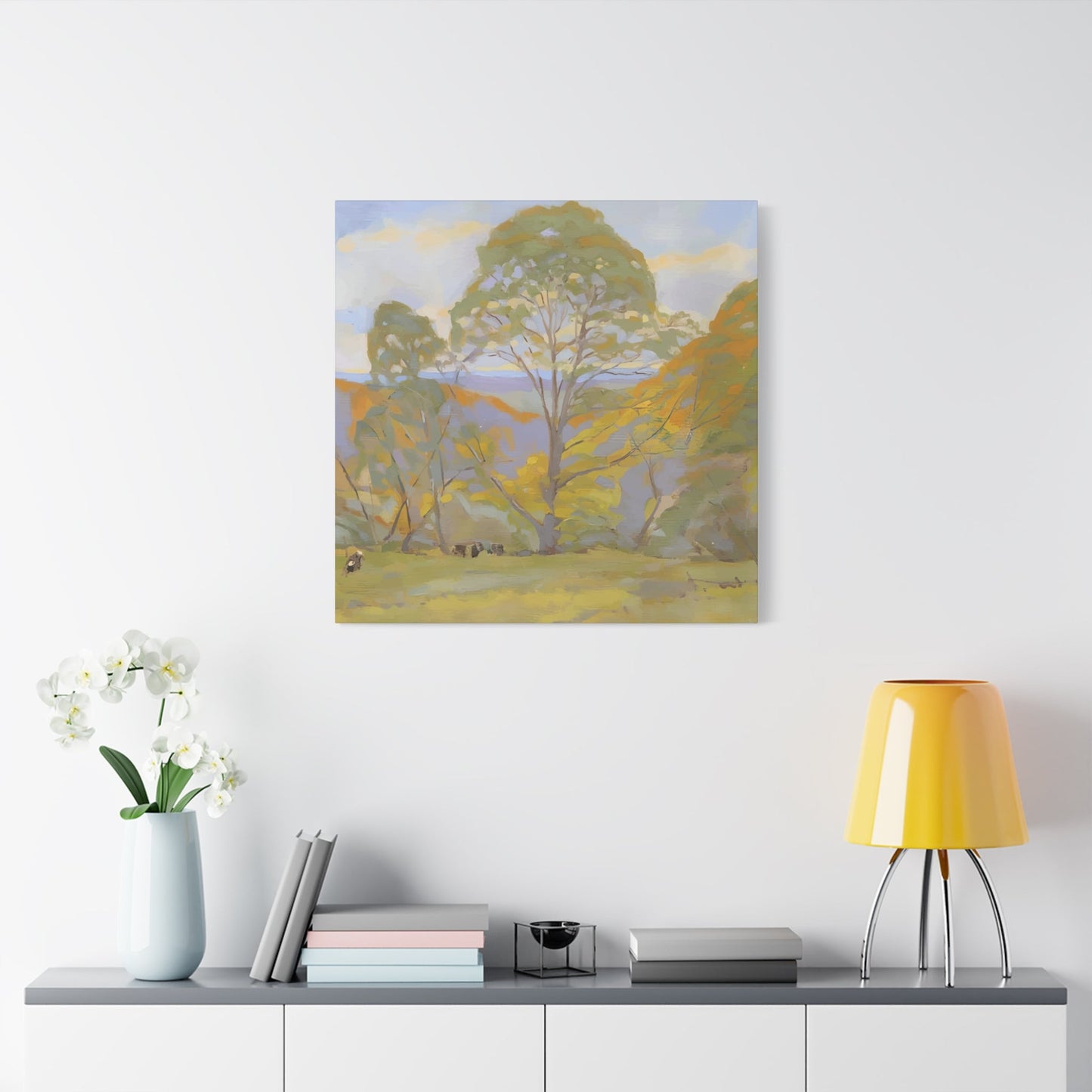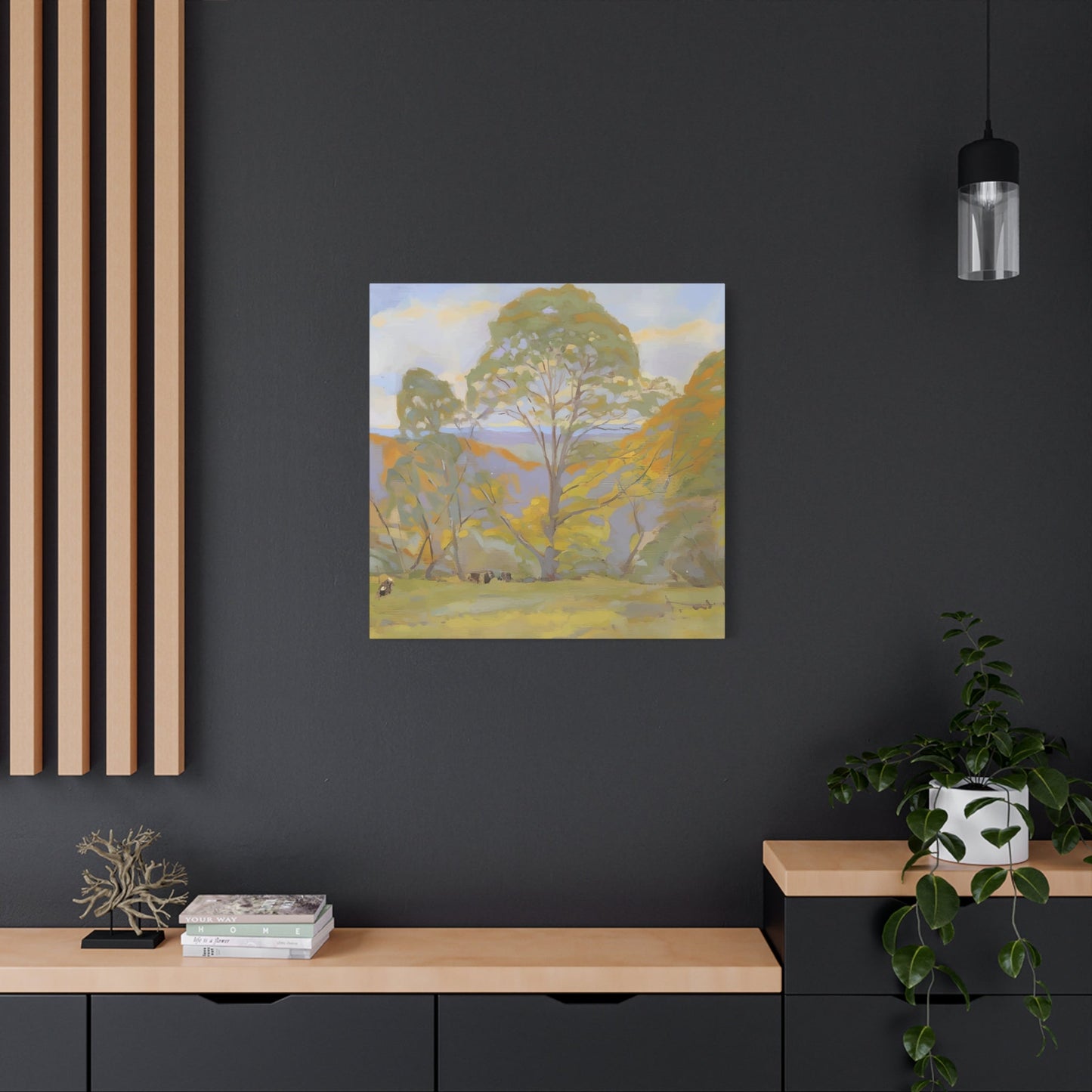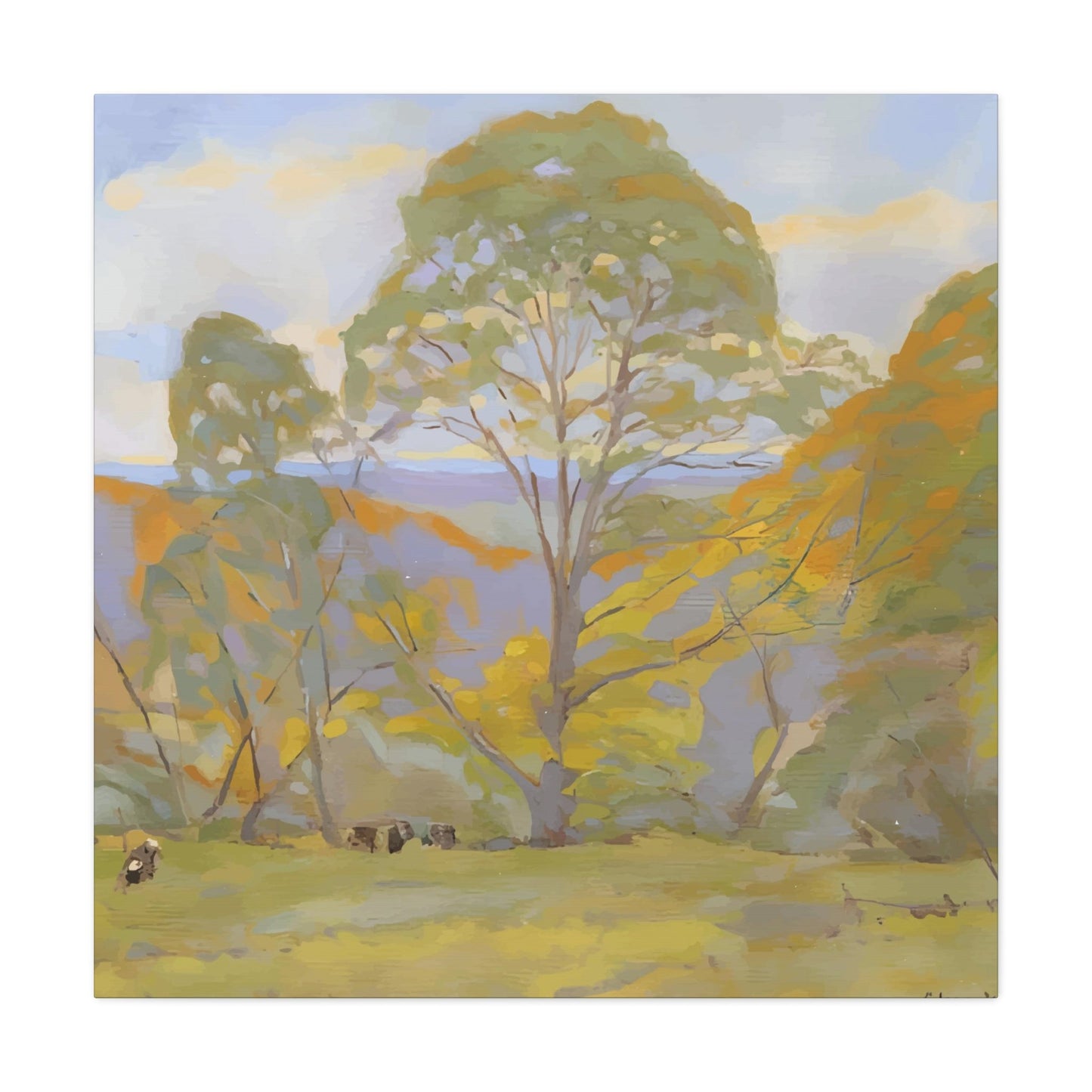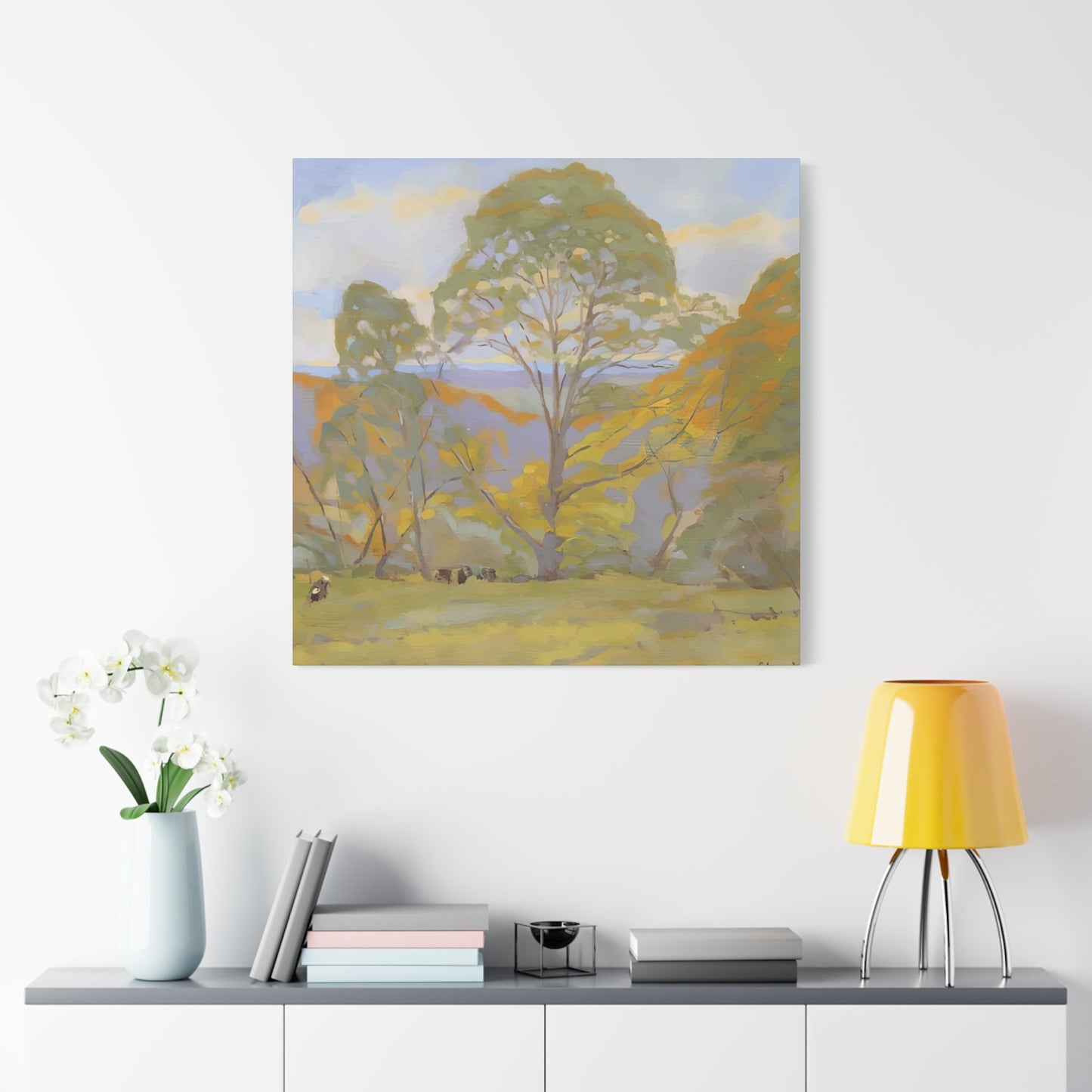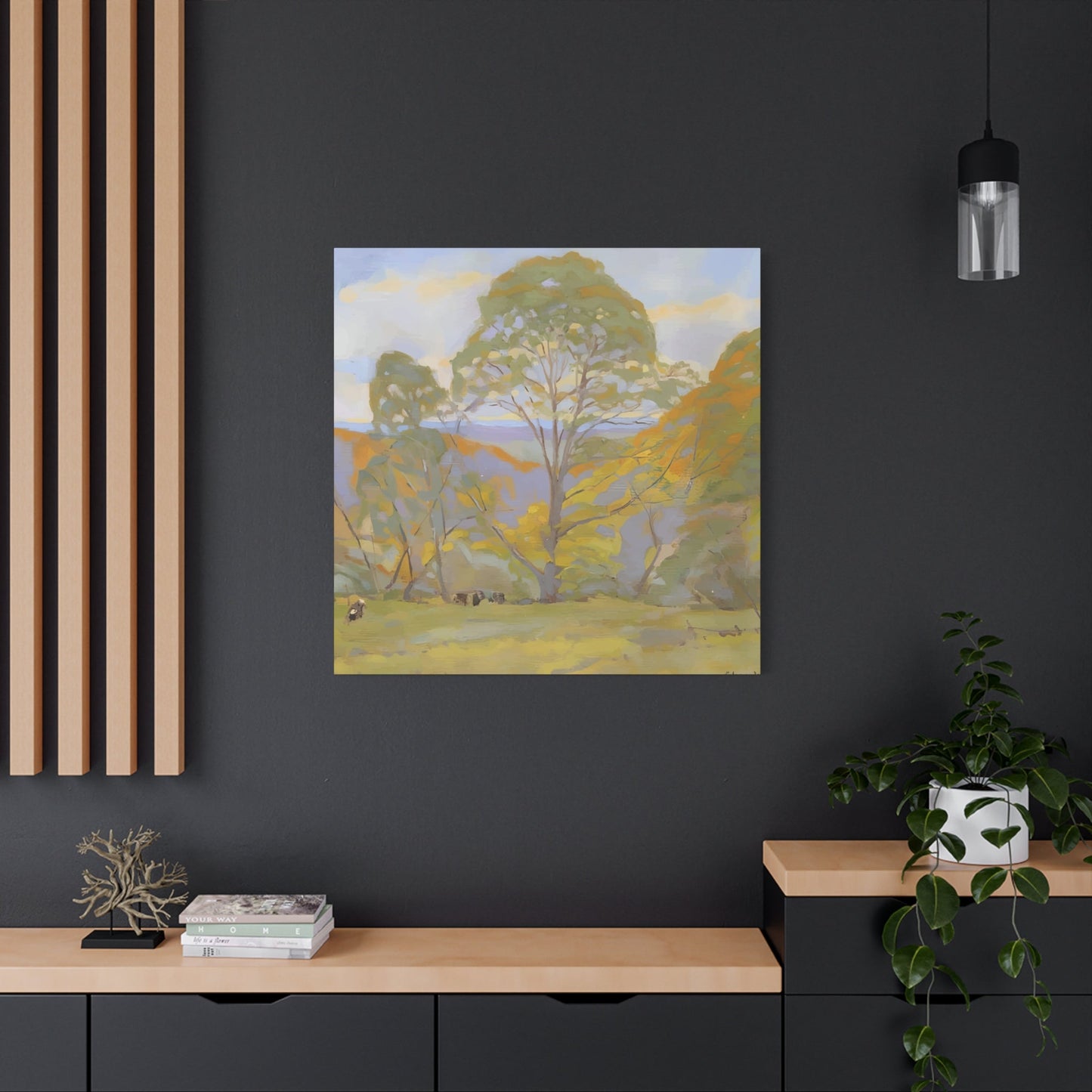Exploring the Depth of Stephen Wall Art: Artistic Expression That Speaks to the Soul
The world of contemporary interior design has witnessed a remarkable evolution in recent years, with artwork becoming an essential element in creating personalized living spaces. Among the artists making significant waves in this creative landscape, Stephen has emerged as a distinctive voice whose creations resonate with art enthusiasts, collectors, and interior designers alike. This comprehensive exploration delves into the multifaceted dimensions of Stephen's artistic contributions, examining how his works transform ordinary walls into extraordinary visual narratives that speak to diverse aesthetic sensibilities and functional requirements.
The intersection of artistic expression and practical home decoration has never been more dynamic than in today's design-conscious society. People are increasingly seeking artwork that not only beautifies their surroundings but also reflects their personalities, values, and lifestyle choices. Stephen's portfolio addresses these contemporary needs while maintaining artistic integrity and visual impact. His approach to creating wall art demonstrates a deep understanding of how color, composition, form, and subject matter converge to create pieces that enhance various environments, from intimate residential settings to professional workspaces.
Throughout this extensive examination, we will navigate through various aspects of Stephen's creative output, exploring how his bold visual statements, abstract interpretations, and thoughtful compositions serve different decorative purposes and spatial requirements. We will investigate the characteristics that define his most celebrated pieces, understand the role of color and technique in his work, and discover how his creations adapt to different interior styles and architectural contexts. Additionally, we will explore practical considerations for incorporating his artwork into living spaces, professional environments, and as meaningful gift options.
The journey through Stephen's artistic landscape reveals not just a collection of images designed for walls, but a cohesive visual philosophy that bridges the gap between fine art traditions and contemporary design sensibilities. His work demonstrates how modern creators are redefining what it means to produce accessible yet sophisticated artwork that enhances everyday life while maintaining artistic credibility. Whether you are an established collector, a first-time art buyer, or an interior design professional, understanding the breadth and depth of Stephen's contributions offers valuable insights into contemporary art consumption and spatial design.
Exploring Stephen's Dynamic and Impactful Visual Compositions
Stephen's approach to creating bold artistic statements represents a departure from subtle, understated aesthetics, instead embracing visual confidence and striking presence. These powerful compositions demand attention through their commanding use of scale, color intensity, and compositional drama. The boldness evident in his portfolio manifests through various artistic choices, including dramatic contrast, saturated hues, dynamic lines, and confident mark-making that conveys energy and conviction.
What distinguishes these powerful visual statements is their ability to anchor a room's aesthetic while simultaneously energizing the space. Unlike passive decorative elements that simply fill wall space, Stephen's bold creations actively participate in defining the character and mood of an environment. They serve as conversation starters, focal points, and visual anchors that organize the surrounding design elements. This commanding presence makes them particularly effective in spaces that benefit from a strong design statement, such as living rooms, entryways, and open-concept areas where artwork needs to compete with multiple visual elements.
The boldness in Stephen's work does not equate to visual chaos or overwhelming complexity. Instead, it reflects a careful balance between impact and refinement. His compositions demonstrate an understanding that true boldness emerges from confident artistic decisions rather than excessive detail or aggressive imagery. This sophistication ensures that even his most dramatic pieces maintain longevity in interior spaces, avoiding the tendency of overly trendy or shocking artwork to feel dated quickly.
Color plays a crucial role in establishing the bold character of these pieces. Stephen's palette choices often feature either vibrant, saturated tones that create immediate visual excitement or stark contrasts that generate dramatic tension. Whether working with complementary colors that vibrate against each other or employing monochromatic schemes with extreme value ranges, the color decisions consistently support the overall sense of visual confidence. These chromatic choices make his bold works particularly effective in contemporary interiors where color coordination between artwork and furnishings creates cohesive design narratives.
The scale considerations in Stephen's bold compositions further enhance their impact. Many of these pieces are conceived with generous dimensions in mind, recognizing that substantial physical presence amplifies visual boldness. However, his understanding of scale extends beyond mere size; it encompasses the internal proportions and relationships within the composition itself. Even his more modestly sized bold pieces achieve visual impact through internal scaling decisions, such as large gestural marks, simplified forms, or concentrated areas of intense visual activity.
Subject matter in these bold creations ranges from abstract expressions to representational imagery treated with graphic confidence. When depicting recognizable subjects, Stephen often employs simplification, stylization, or dramatic perspective to enhance visual impact. Abstract works achieve boldness through dynamic composition, energetic mark-making, and confident color application. This diversity in subject approach ensures that his bold aesthetic translates across different thematic interests, allowing collectors to find impactful pieces that align with their content preferences.
The psychological effect of bold artwork in living spaces cannot be understated. These pieces influence mood, energy levels, and the perceived character of a room. Stephen's bold compositions tend to energize spaces, making them feel more dynamic and intentional. This quality makes them particularly suitable for areas where activity and engagement are desired, such as creative workspaces, entertainment areas, and social gathering spots. The visual stimulation provided by bold artwork can inspire creativity, encourage conversation, and prevent spaces from feeling bland or anonymous.
Installation considerations for bold pieces require thoughtful planning to maximize their impact while maintaining spatial harmony. These commanding artworks typically benefit from adequate surrounding space, often called "breathing room," which allows their visual power to register fully without competing with adjacent elements. Wall color, lighting conditions, and furniture arrangements all influence how bold artwork performs in a space. Stephen's compositions are versatile enough to succeed in various contexts, but achieving optimal presentation requires attention to these environmental factors.
The emotional resonance of bold artistic statements varies among viewers, with some individuals drawn to their confidence and energy while others prefer more subdued aesthetics. Stephen's bold works particularly appeal to those who view their living spaces as extensions of their personality and are comfortable making definitive aesthetic statements. These pieces attract collectors who appreciate visual drama, value artistic conviction, and desire artwork that actively shapes rather than passively decorates their environment.
From an artistic perspective, creating successful bold compositions requires technical skill and aesthetic judgment. The apparent confidence in these pieces emerges from controlled execution, purposeful decision-making, and refined technique. Stephen's ability to produce bold works that feel intentional rather than accidental demonstrates his mastery of fundamental artistic principles including composition, color theory, and visual hierarchy. This technical foundation ensures that his bold statements achieve their impact through genuine artistic quality rather than mere shock value or superficial effects.
Investigating Stephen's Non-Representational Creative Expressions
Stephen's exploration of non-representational imagery represents a significant dimension of his artistic practice, offering viewers experiences that transcend literal interpretation and engage more intuitive, emotional responses. Abstract compositions eliminate the constraints of depicting recognizable subjects, instead prioritizing visual elements such as color, form, line, texture, and spatial relationships as the primary vehicles for expression. This approach aligns with a long artistic tradition while incorporating contemporary sensibilities that resonate with modern audiences.
The appeal of abstract imagery lies in its interpretive openness, allowing each viewer to bring their own experiences, emotions, and associations to the work. Unlike representational art that guides perception toward specific subjects, Stephen's abstract pieces create space for personal meaning-making. This quality makes them particularly versatile in diverse settings, as they avoid specific narrative content that might clash with varied contexts or individual preferences. The universality of abstract visual language enables these works to transcend cultural, linguistic, and personal boundaries.
Stephen's approach to abstraction encompasses multiple stylistic territories within this broad category. Some pieces exhibit gestural qualities characterized by energetic, expressive mark-making that conveys movement and emotion. Others demonstrate geometric tendencies, organizing space through structured forms, clean edges, and mathematical relationships. Still others occupy middle ground, combining organic and structured elements to create visual tension and complexity. This stylistic range within abstraction ensures that his portfolio offers options for collectors with different aesthetic preferences.
Color relationships form the foundation of many abstract compositions, with hues interacting to create visual harmony, contrast, or dynamic tension. Stephen's color sensibilities in abstract works often show sophisticated understanding of how colors influence each other through simultaneous contrast, temperature relationships, and value patterns. Some pieces explore limited palettes, extracting maximum variation and interest from restricted color ranges. Others embrace chromatic abundance, orchestrating multiple hues into cohesive visual experiences. These varied color approaches demonstrate versatility while maintaining recognizable aesthetic signatures.
Compositional strategies in abstract work require particular attention since traditional focal points based on recognizable subjects are absent. Stephen employs various organizational principles to create visual interest and guide viewer attention through his abstract pieces. Some compositions utilize all-over patterns that distribute visual weight evenly across the surface. Others establish clear hierarchies through concentrated areas of activity contrasted against quieter passages. Asymmetrical balance, rhythm, and visual pathways all contribute to compositional success in these non-representational works.
Texture and surface quality gain heightened importance in abstract compositions, where the physical character of the artwork contributes significantly to its overall impact. Stephen's approach to surface treatment varies across different pieces, with some featuring smooth, refined finishes and others displaying pronounced texture through layered media, visible brushwork, or other mark-making techniques. This attention to physical presence ensures that his abstract works succeed not just as reproductions but as objects with tangible visual and tactile interest.
The intellectual and emotional engagement offered by abstract artwork differs from representational pieces, often requiring viewers to slow down and invest attention rather than immediately recognizing depicted subjects. Stephen's abstract compositions reward sustained viewing, revealing complexities and relationships that may not register in quick glances. This quality makes them particularly suitable for spaces where people spend extended time and can develop ongoing relationships with the artwork, such as bedrooms, offices, and meditation spaces.
Historical consciousness informs Stephen's abstract practice, acknowledging the rich tradition of non-representational art while contributing contemporary perspectives. His work demonstrates awareness of abstract expressionism, color field painting, geometric abstraction, and other historical movements while avoiding slavish imitation. This balance between tradition and innovation gives his abstract pieces cultural resonance and artistic legitimacy while maintaining fresh, contemporary relevance.
The versatility of abstract imagery in interior design contexts cannot be overstated. These works coordinate with diverse decorative styles, from minimalist contemporary to eclectic maximalist approaches. Their lack of specific narrative content prevents stylistic clashes that can occur with representational artwork in certain settings. Stephen's abstract pieces function effectively as both statement elements that dominate visual attention and supporting components that contribute to larger design schemes without overwhelming other elements.
Different abstract pieces evoke varied atmospheric qualities, from contemplative serenity to dynamic energy, from formal sophistication to playful spontaneity. Stephen's range within abstraction allows collectors to select works that generate desired emotional tones in specific spaces. Understanding how particular abstract qualities influence spatial experience helps in making selections that enhance rather than contradict the intended character of different rooms and functional areas.
The creation of successful abstract artwork demands rigorous aesthetic judgment since the absence of representational subject matter eliminates one criterion for evaluating success. Stephen's abstract compositions demonstrate that non-representational work requires technical skill, compositional knowledge, and refined sensibilities. The apparent simplicity of some abstract pieces can be deceptive, as achieving visual interest without relying on depicted subjects requires sophisticated understanding of fundamental visual principles.
Identifying Stephen's Most Celebrated and Sought-After Creations
Within Stephen's extensive portfolio, certain pieces have emerged as particularly celebrated, frequently referenced, and highly sought after by collectors and design professionals. These standout creations represent various aspects of his artistic range while demonstrating qualities that resonate strongly with audiences. Understanding what elevates these pieces to prominence provides insight into both Stephen's artistic strengths and contemporary preferences in wall art.
Artistic excellence forms the foundation of these celebrated pieces, with each demonstrating technical proficiency, compositional sophistication, and aesthetic refinement. However, popularity extends beyond pure artistic merit to include factors such as versatility, emotional resonance, and compatibility with contemporary interior design trends. Stephen's most valued pieces often strike optimal balances between artistic integrity and decorative functionality, serving both as genuine artworks worthy of serious appreciation and as design elements that enhance living spaces.
Visual impact distinguishes these prominent pieces, with each possessing qualities that command attention and create memorable impressions. Whether through striking color combinations, dynamic compositions, compelling subject matter, or distinctive stylistic approaches, these works register immediately upon viewing. This immediate impact contributes to their popularity, as they succeed in the critical first moments when potential collectors encounter them, either in physical galleries or digital presentations.
The versatility of these celebrated pieces contributes significantly to their prominence. Works that successfully integrate into diverse interior styles, color schemes, and spatial contexts naturally gain wider adoption and recognition. Stephen's most popular creations often demonstrate this adaptability, working equally well in modern minimalist settings, traditional spaces updated with contemporary art, or eclectic environments that mix multiple design influences. This flexibility expands their potential audience and increases their practical value to collectors.
Subject matter in Stephen's most celebrated pieces spans his thematic range, indicating that popularity is not confined to specific content categories. Some beloved works feature abstract compositions that appeal to viewers seeking open-ended, contemplative experiences. Others depict recognizable subjects treated with distinctive artistic approaches that make familiar imagery feel fresh. This diversity suggests that Stephen's success stems from execution quality and aesthetic sensibility rather than reliance on particular subject formulas.
Emotional accessibility enhances the appeal of these standout pieces. While maintaining artistic sophistication, they communicate in ways that resonate with viewers who may not have extensive art historical knowledge or training in visual analysis. This accessibility does not imply simplification or pandering but rather reflects clear artistic communication that invites engagement rather than creating barriers. Stephen's ability to create work that operates on multiple levels, offering both immediate appeal and rewards for sustained attention, contributes to these pieces' broad popularity.
Color relationships in celebrated pieces often demonstrate sophisticated yet approachable palettes that coordinate well with contemporary interior design preferences. These works frequently feature colors that appear in popular furnishings, textiles, and architectural finishes, facilitating their integration into existing design schemes. However, the chromatic sophistication prevents them from feeling overly coordinated or decoratively mundane. This balance between compatibility and distinctive character proves crucial to their success.
Scale considerations in popular pieces vary, with some celebrated works conceived at generous dimensions while others succeed at more modest sizes. The common thread is appropriateness of scale to subject matter and treatment, with each piece feeling right-sized for its particular visual approach. This attention to scale relationships ensures that these works neither overwhelm nor disappoint when installed in actual spaces, meeting viewer expectations established through initial encounters.
The narrative quality present in some celebrated pieces provides viewers with entry points for engagement and interpretation. Even abstract works can possess narrative sensibility through suggestive forms, evocative color relationships, or compositional dynamics that imply movement or transformation. Stephen's most beloved pieces often offer these interpretive possibilities without prescribing specific meanings, allowing viewers to construct personal relationships with the work.
Commercial availability and presentation influence which pieces achieve prominence in public consciousness. Works that receive strong gallery placement, feature in marketing materials, or benefit from digital optimization gain visibility advantages. Stephen's most recognized pieces often represent intersections of artistic quality and strategic presentation, demonstrating that artistic merit alone does not guarantee visibility in contemporary art markets where competition for attention is intense.
Collector testimonials and word-of-mouth recommendations amplify certain pieces' reputations over time. When early adopters express satisfaction and enthusiasm, their endorsements influence subsequent collectors' perceptions and decisions. Stephen's most celebrated works often benefit from these organic promotion cycles, where genuine collector satisfaction generates authentic recommendations that carry more weight than commercial promotion.
Design professional adoption significantly impacts which pieces achieve prominence. Interior designers, decorators, and stylists who incorporate specific works into projects expose them to new audiences and validate their aesthetic merit through professional selection. Stephen's most recognized pieces frequently appear in design portfolios, showrooms, and published projects, creating visibility loops that reinforce their status.
The longevity of certain pieces' popularity indicates their transcendence of temporary trends. While some artwork achieves brief popularity tied to passing fashion, Stephen's most celebrated pieces demonstrate enduring appeal that survives shifting design trends. This sustainability suggests fundamental aesthetic quality that resonates across time rather than merely capturing momentary preferences.
Price accessibility balanced with perceived value contributes to some pieces' widespread adoption. Works positioned at entry-level price points enable broader collecting participation while maintaining quality that justifies the investment. Stephen's ability to create valued pieces across various price ranges ensures that his celebrated works include both accessible options and premium selections for established collectors.
Examining Stephen's Contemporary Artistic Approach and Philosophy
Stephen's work embodies characteristics commonly associated with contemporary artistic practice, positioning his creations within current cultural conversations about art, design, and visual communication. This contemporary orientation manifests through various aesthetic choices, conceptual approaches, and production methods that distinguish his work from historical traditions while acknowledging valuable precedents. Understanding these modern dimensions provides context for appreciating how his pieces reflect and contribute to present-day visual culture.
Contemporary sensibility in Stephen's work emerges through embrace of current aesthetic preferences that prioritize clean execution, thoughtful composition, and visual sophistication over unnecessary ornamentation or sentimentality. His pieces demonstrate awareness of minimalist principles, even when creating visually complex or richly detailed compositions. This restraint ensures that artistic decisions appear intentional rather than arbitrary, contributing to the overall sense of contemporary professionalism and refinement.
The relationship between fine art and applied design collapses in Stephen's practice, reflecting contemporary dissolution of rigid hierarchies that once separated these categories. His work functions simultaneously as genuine artistic expression and practical design element, refusing false choices between aesthetic legitimacy and functional applicability. This integrated approach aligns with contemporary attitudes that value art's role in everyday life rather than confining it to gallery contexts divorced from lived experience.
Color sensibilities in Stephen's contemporary work often reflect current preferences in interior design, fashion, and visual culture more broadly. While maintaining artistic independence, his palette choices demonstrate awareness of contemporary color trends without slavishly following them. This balance allows his pieces to feel current and relevant while avoiding the trap of appearing dated as specific color fashions evolve. The sophistication evident in chromatic relationships elevates his work beyond simple trend following to genuine color expertise.
Digital awareness influences Stephen's creative process, even when producing traditional media work. Contemporary artists operate in environments where digital presentation significantly impacts how audiences encounter artwork. Stephen's compositions often translate effectively to digital formats, suggesting consideration of how pieces appear on screens alongside their physical presence. This dual-consciousness about analog and digital existence characterizes much contemporary art production.
Subject matter in Stephen's modern work frequently reflects contemporary life, whether through direct representation or abstract evocation. Urban environments, architectural elements, and spatial relationships that characterize modern existence appear throughout his portfolio. Even abstract pieces often convey sensibilities tied to contemporary experience, with compositional dynamics and visual rhythms that echo current cultural pacing and complexity.
The accessibility of Stephen's work reflects contemporary democratization of art collecting, where purchasing original artwork or high-quality reproductions no longer requires extreme wealth or specialized knowledge. His production and distribution approaches acknowledge expanded markets for wall art, making his creations available to broader audiences while maintaining quality standards. This accessibility does not diminish artistic value but rather extends cultural participation in art appreciation and collection.
Environmental consciousness increasingly influences contemporary artistic practice, with many creators considering sustainability in materials, production methods, and distribution systems. Stephen's awareness of these concerns manifests through responsible production approaches that balance artistic requirements with environmental considerations. This conscientious orientation aligns his practice with contemporary values regarding resource use and ecological impact.
Cultural diversity and global awareness characterize contemporary art production, with creators drawing from varied influences and engaging with international audiences. Stephen's work demonstrates this cosmopolitan consciousness, creating imagery that resonates across cultural contexts rather than remaining narrowly regional. This universal accessibility reflects contemporary connectivity and cross-cultural exchange that define current artistic production and reception.
The integration of multiple influences distinguishes contemporary practice from historical periods characterized by dominant movements or unified stylistic approaches. Stephen's work shows evidence of diverse artistic traditions, design principles, and cultural references synthesized into distinctive personal expression. This synthetic approach, combining rather than excluding, exemplifies contemporary eclecticism that values individual creative voices over adherence to prescribed formulas.
Professional standards in contemporary art production emphasize technical excellence, consistent quality, and reliable delivery alongside creative vision. Stephen's practice demonstrates these professional characteristics, ensuring that completed pieces meet high standards for execution, materials, and presentation. This professionalism enables successful engagement with commercial galleries, interior design professionals, and discriminating collectors who expect excellence.
Documentation and presentation of artwork have gained importance in contemporary practice, with artists needing to effectively communicate about their work through various media. Stephen's ability to articulate creative intentions, describe technical approaches, and contextualize pieces within broader visual culture reflects contemporary requirements for artists to function as communicators and self-advocates alongside their creative production.
The pace of contemporary culture influences artistic production, with creators balancing thoughtful, time-intensive work against pressures for consistent output and regular new releases. Stephen's productivity demonstrates successful navigation of these competing demands, maintaining artistic quality while producing sufficient work to sustain collector interest and commercial viability. This balance proves essential for contemporary artists seeking to build sustainable creative careers.
Collaborative relationships characterize much contemporary art practice, with creators partnering with galleries, manufacturers, designers, and other professionals to realize and distribute their work. Stephen's engagement with these collaborative networks reflects contemporary realities where successful artists function within professional ecosystems rather than as isolated individuals. These partnerships extend creative reach and enable production at scales that individual artists could not achieve alone.
Exploring Stephen's Interpretations of Urban Landscapes and Architectural Forms
Urban environments and architectural subjects represent significant thematic territory within Stephen's portfolio, offering viewers glimpses into constructed landscapes that characterize contemporary existence. These cityscapes and architectural studies capture visual poetry inherent in human-made environments, finding beauty, drama, and contemplative qualities in buildings, streets, skylines, and urban spatial relationships. His treatment of these subjects demonstrates how built environments provide rich material for artistic interpretation.
The appeal of urban subject matter relates to its resonance with modern life experiences. Most contemporary viewers inhabit cities or regularly encounter urban environments, creating immediate recognition and connection with cityscape imagery. Stephen's interpretations transform familiar urban scenes into aesthetic experiences that encourage renewed attention to surroundings that might otherwise fade into background awareness through daily familiarity. This artistic reframing reveals overlooked beauty and interest in constructed environments.
Stephen's approach to depicting cities varies from relatively straightforward architectural representation to abstract interpretations that capture urban essence rather than specific details. Some pieces clearly identify particular locations through recognizable landmarks or distinctive architectural characteristics. Others present generalized urban atmospheres that could represent multiple cities, emphasizing universal qualities of urban existence rather than specific geographic identities. This range allows collectors to select either specific place representations or more universal urban evocations.
Compositional choices in cityscape work significantly influence their character and impact. Stephen employs various viewpoints, from street-level perspectives that immerse viewers in urban environments to elevated vantage points that reveal city patterns and organizational structures. Some compositions emphasize vertical thrust of buildings reaching skyward, while others explore horizontal expanses of urban sprawl. These varied compositional approaches offer different perceptual experiences and suit different display contexts.
Light and atmosphere play crucial roles in cityscape imagery, with particular attention to how illumination transforms urban environments across different times and conditions. Dawn and dusk lighting create dramatic effects in city scenes, with warm or cool color temperatures casting characteristic moods. Nighttime cityscapes feature artificial lighting creating jewel-like effects against dark skies. Stephen's sensitivity to atmospheric conditions and lighting effects adds emotional depth to architectural subjects that might otherwise feel purely documentary.
The tension between natural and artificial elements appears frequently in Stephen's urban work, with buildings and infrastructure contrasted against skies, water, or glimpses of nature. This dynamic reflects actual urban experience where constructed and natural elements coexist in various relationships. Some pieces emphasize human domination of landscape through imposing architecture, while others show nature persisting within or around built environments. These ecological and spatial relationships add conceptual layers to otherwise formal compositions.
Abstraction levels in cityscape work range from detailed architectural rendering to loose, impressionistic evocations that suggest rather than describe urban forms. Highly detailed pieces appeal to viewers who appreciate careful observation and representational skill. More abstracted interpretations offer atmospheric impressions that capture urban experience's essence rather than literal appearance. Stephen's versatility across this spectrum ensures options for different collector preferences and display contexts.
Historical consciousness appears in some urban pieces that reference architectural styles, building types, or urban forms from various periods. These historically aware works create dialogues between past and present, acknowledging cities as layered temporal constructs rather than purely contemporary phenomena. This historical dimension adds depth and complexity, enriching simple architectural representation with temporal awareness and cultural resonance.
The human presence in cityscape work manifests through various means, even when figures are absent. Buildings themselves represent human creativity, labor, and habitation. Streets and infrastructure suggest movement and activity. Stephen's cityscapes evoke human dimensions of urban environments, making these pieces about lived experience rather than merely documenting structures. This humanistic orientation prevents urban imagery from feeling cold or purely technical.
Color palettes in cityscape work often reflect actual urban coloration, with grays, concrete tones, glass reflections, and industrial colors dominating many pieces. However, Stephen frequently introduces chromatic enhancements that elevate documentary reality into aesthetic experience. Skies might feature intensified hues, building surfaces could display unexpected color shifts, or atmospheric effects might introduce chromatic drama. These artistic liberties serve expressive purposes while maintaining recognition of urban subjects.
The graphic qualities of architectural forms provide strong compositional elements that translate effectively into wall art. Buildings offer vertical and horizontal lines, geometric shapes, repeating patterns, and structured relationships that create visual order and interest. Stephen exploits these inherent graphic possibilities, using architectural subjects as foundations for compelling compositions that succeed as formal arrangements even apart from their representational content.
Seasonal variations and weather conditions add diversity to urban subject matter, with cities transformed by snow, rain, fog, or seasonal foliage. Stephen's attention to these temporal variations prevents cityscape work from becoming monotonous despite recurring subjects. Different atmospheric conditions create distinct moods and visual effects, ensuring that multiple urban pieces can coexist in collections without redundancy.
Contemporary architectural forms, historical buildings, and vernacular structures all appear in Stephen's urban portfolio, creating stylistic variety within the cityscape category. Modern glass-and-steel towers, traditional stone buildings, industrial structures, and residential architecture each offer distinctive visual characteristics and aesthetic possibilities. This architectural diversity ensures that urban imagery appeals to varied tastes and coordinates with different interior design styles.
The scale relationships within cityscape compositions influence their spatial presence and viewing experience. Some pieces emphasize monumental quality of individual buildings or architectural details, while others capture expansive urban vistas encompassing multiple structures and extensive space. These different scalar approaches create varied perceptual experiences and suit different display situations, from intimate viewing distances to impact across larger rooms.
Understanding Color's Central Role in Stephen's Creative Expression
Color functions as a primary expressive tool throughout Stephen's portfolio, with chromatic relationships and decisions fundamentally shaping each piece's character, emotional impact, and aesthetic success. His sophisticated color sensibility demonstrates deep understanding of color theory principles, psychological effects, and practical considerations for artwork intended to enhance interior environments. Examining color's role in his practice reveals both artistic expertise and awareness of how hue choices influence viewer experience and spatial integration.
Color psychology influences how Stephen's pieces affect viewers emotionally and atmospherically. Warm colors including reds, oranges, and yellows typically generate energetic, stimulating, optimistic sensations, making them effective in social spaces and areas where activity and engagement are desired. Cool colors like blues, greens, and purples tend toward calming, contemplative, serene effects, suiting spaces intended for relaxation, focus, or restoration. Stephen's understanding of these psychological dimensions informs color selections that support intended emotional tones.
Harmony and contrast represent fundamental color relationship strategies that Stephen employs with sophistication. Harmonious color schemes, such as analogous combinations using adjacent hues on the color wheel, create cohesive, unified visual experiences that feel coordinated and intentional. Contrasting schemes, like complementary combinations pairing opposite wheel positions, generate visual excitement and dynamic tension. Stephen's work demonstrates facility with both approaches, selecting strategies appropriate to each piece's expressive goals and character.
Value relationships, referring to lightness and darkness independent of hue, significantly impact compositional clarity and visual drama. Stephen's attention to value patterns ensures strong compositional structures even when working with complex or subtle color combinations. High value contrast creates bold, graphic effects with clear separation between elements. Low contrast produces unified, atmospheric qualities where forms merge and boundaries soften. Strategic value manipulation helps direct viewer attention and establish compositional hierarchy.
Saturation levels, describing color intensity or purity, vary throughout Stephen's work according to desired effects. Highly saturated hues create vibrant, energetic impacts that command attention and convey confidence. Desaturated or muted colors produce sophisticated, subtle effects that feel contemplative and refined. Many pieces combine various saturation levels, using intense colors as focal points against more neutral passages or creating visual journeys from saturated to muted areas.
Color temperature, referring to warmth or coolness, influences spatial perception and atmospheric quality. Warm colors appear to advance toward viewers while cool colors recede, creating spatial dynamics even on flat surfaces. Stephen manipulates these temperature relationships to enhance compositional depth, direct attention, or create particular atmospheric effects. Temperature shifts within individual pieces add visual interest and complexity, preventing chromatic monotony.
Limited palettes demonstrate Stephen's ability to extract maximum variation and interest from restricted color ranges. Some pieces employ only two or three hues plus neutral values, creating sophisticated chromatic experiences through nuanced modulation rather than diversity. These restricted approaches suit certain contemporary interior styles that favor refined minimalism and prove that chromatic complexity differs from mere color quantity.
Neutral elements including grays, blacks, whites, and earth tones function importantly in Stephen's color practice, providing visual rest areas, enhancing other hues through contrast, and contributing sophistication. Pure neutrals and chromatic neutrals (grays with slight color biases) each offer distinct qualities. Stephen's sensitive deployment of neutrals prevents color schemes from becoming overwhelming while maintaining visual interest throughout compositions.
Color distribution patterns influence compositional dynamics and viewing experiences. Some pieces feature dominant colors that establish overall character with accent hues providing variety. Others employ more balanced distributions where multiple colors share roughly equal presence. Stephen's control over color distribution ensures intentional effects rather than arbitrary or accidental chromatic arrangements.
Contemporary color trends influence Stephen's palette choices without dictating them. His awareness of current preferences in interior design, fashion, and visual culture informs selections that feel relevant and contemporary. However, his color expertise prevents simple trend following, instead using trend awareness to create work that resonates with contemporary audiences while maintaining artistic integrity and longevity.
Coordination with interior design represents a practical consideration in color selection for artwork intended to enhance living spaces. Stephen's pieces often feature colors compatible with popular contemporary palettes, facilitating integration into existing design schemes. This accessibility does not compromise chromatic sophistication but rather demonstrates understanding that successful wall art often functions within larger design contexts.
Symbolic and cultural color associations add meaning layers to Stephen's work. Colors carry varied connotations across different cultures and contexts, with some universal and others culturally specific. His awareness of these associations prevents unintended readings while occasionally exploiting symbolic dimensions intentionally. This cultural consciousness ensures work communicates effectively across diverse audiences.
Technical execution of color involves medium-specific considerations, with different materials and processes offering varied chromatic possibilities. Stephen's color achieves consistent quality across various production methods, demonstrating technical expertise alongside aesthetic sensibility. Whether working with traditional painting media, digital color, or print reproduction, his chromatic standards remain high.
Color interaction phenomena, where adjacent hues influence each other's appearance, receive careful attention in Stephen's compositions. Simultaneous contrast, where colors appear different depending on surroundings, and other interaction effects are controlled to support intended visual experiences. This sophistication prevents color relationships from undermining compositional clarity or creating unintended effects.
The evolution of color preferences across Stephen's career reveals artistic development and responsiveness to changing contexts. Early works might display different chromatic characteristics than recent pieces, reflecting artistic growth, shifting interests, or adaptation to evolving markets. This evolution demonstrates living artistic practice rather than static formulas.
Adapting Stephen's Artwork to Compact and Intimate Interior Spaces
Successfully incorporating artwork into smaller living areas requires particular consideration of scale, subject matter, compositional density, and visual impact. Stephen's portfolio includes numerous pieces specifically suited to compact spaces, demonstrating that limited square footage does not necessitate compromising artistic quality or visual satisfaction. Understanding which works thrive in intimate environments and how to select appropriately enables maximizing aesthetic impact even within constrained spatial contexts.
Scale appropriateness forms the foundation of successful art placement in small spaces. While larger pieces can sometimes work effectively in compact areas, they require careful consideration to avoid overwhelming proportions. Stephen's moderately sized works often prove ideal for smaller rooms, providing sufficient visual interest and presence without dominating limited wall space disproportionately. These properly scaled pieces allow for adequate surrounding space, preventing cramped appearances that diminish both artwork and environment.
Compositional simplicity benefits artwork intended for small spaces, where visual complexity might feel cluttered or chaotic within compressed environments. Stephen's pieces featuring clean compositions, uncluttered arrangements, and clear focal points typically succeed better in intimate settings than densely detailed works requiring extensive viewing distance for proper appreciation. This simplicity should not be confused with lack of sophistication; rather, it reflects refined aesthetic judgment about appropriate complexity levels for different contexts.
Color considerations for small spaces involve balancing visual interest against potential overwhelm. Light and bright color palettes generally enhance small rooms by reflecting light and creating airy sensations, while very dark or intensely saturated colors might make compact spaces feel smaller. However, strategic use of bold color can provide dramatic focal points that energize small areas. Stephen's color sophistication enables selections appropriate to specific small-space contexts and desired effects.
Vertical orientation often suits small spaces better than horizontal formats, as walls in compact rooms typically offer more vertical than horizontal expanse. Portrait-oriented pieces maximize available wall height while minimizing width requirements. Stephen's portfolio includes numerous vertical compositions ideal for small-space applications, from narrow architectural studies to vertically oriented abstract compositions.
Subject matter appropriate to room function and character influences selection for small spaces. Intimate subjects suit intimate spaces, with small-scale scenes, close-up perspectives, or contemplative compositions feeling naturally proportioned to compact environments. Stephen's works depicting individual architectural details, focused abstract compositions, or simplified scenes often integrate more successfully than expansive vistas or complex urban panoramas in smaller rooms.
Light reflective qualities influence how artwork affects spatial perception in small areas. Pieces incorporating lighter values and reflective color qualities contribute to perceived spaciousness by bouncing light around rooms. Stephen's works featuring these qualities help counteract potentially confining sensations in compact spaces, making them feel more open and airy than dimension alone would suggest.
Conclusion
Art has always been a bridge between the tangible and the transcendent—a silent conversation between the creator and the observer. Stephen Wall Art exemplifies this dialogue beautifully, inviting viewers to go beyond the surface and engage with art that doesn’t merely decorate walls, but stirs the spirit. In a world overflowing with visual noise, Stephen’s creations stand apart as a testament to depth, emotion, and human connection. Each piece serves as both mirror and window—reflecting our inner worlds while opening a view into the artist’s emotional landscape.
To explore Stephen Wall Art is to experience art that breathes. Every brushstroke carries intention; every hue whispers a feeling. His works are not just compositions of color and form—they are meditations on the essence of existence, the beauty of imperfection, and the quiet intensity of thought. Whether portraying human figures lost in contemplation, abstract expressions of emotion, or landscapes that seem to pulse with life, Stephen’s art draws the observer inward, inviting reflection. It’s not just something to look at; it’s something to feel.
At the heart of Stephen’s artistry lies a rare ability to combine technique with transcendence. His use of light and shadow, contrast and texture, gives each piece a rhythm that feels alive. Some works glow softly, evoking serenity and grace, while others pulse with vibrant energy, mirroring the turbulence of the human soul. This dynamic range ensures that no two experiences with his art are the same—each viewing reveals new layers, new interpretations, new emotions. Like a well-composed symphony, his art resonates differently with each person who encounters it.
But beyond technique and visual mastery, what makes Stephen Wall Art so powerful is its honesty. His pieces do not chase perfection; instead, they embrace vulnerability. They capture fleeting emotions—moments of doubt, peace, joy, and introspection—that often go unspoken in everyday life. This authenticity is what allows his art to connect so profoundly with the viewer. It speaks a universal language—the language of the heart. In this way, his work becomes a shared human experience, reminding us that beauty often resides in the raw and the real.

















